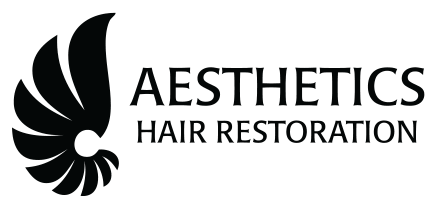Whether you’re a man or a woman, if you’ve been researching treatments for hair loss you’ve probably run across the terms “PRP” (platelet rich plasma) and “ADSC” (adipose derived stem cells). PRP is derived from the patient’s own blood by means of a centrifuge. This process provides a pre-determined volume of concentrated platelets, which contain a number of “growth factors” thought to be capable of signaling hair follicles to grow stronger hairs. As the name suggests, ADSC are obtained from fat (yes, there’s actually something good about fat!) and after processing are injected into the scalp to stimulate the growth of hair. In addition to having the ability to develop into a variety of different mature cell types, these stem cells are also a rich source of growth factors. You may have heard that both of these treatments are being offered by some hair loss clinics, sometimes in combination. It sounds crazy, but could it work? The answer, quite possibly, is yes: while very few rigorous scientific studies have been done that would allow a definite conclusion to be drawn at this time, the science behind these treatments is appealing and the number of anecdotal reports of success continues to grow.
Why all the interest in stem cells and growth factors? Two landmark studies have been cited to suggest a potential role in treating some types of hair loss. In 2011, the Journal of Clinical Investigation published the work of Dr. George Cotsarelis, a professor of dermatology at the University of Pennsylvania. Dr. Cotsarelis compared balding and non-balding areas of the scalp in men with androgenetic alopecia (male pattern baldness) and made the remarkable discovery that despite the clear difference in the appearance these two areas, they each contained the same number of follicle stem cells. It was postulated that the stem cells in the balding areas may lack the necessary biological “signal” to become hair follicles that can actually grow hair.
In the same year, Dr. Valerie Horsley, a professor of Molecular, Cellular and Developmental Biology at Yale, published in the journal Cell the results of her research that nicely dovetailed with the work done by Dr. Cotsarelis. Dr. Horsley identified stem cells in the fatty layer of the skin in mice. It is this fatty layer, also present in humans, in which the base of each hair follicle is embedded—and which is diminished in the presence of hair loss. And it is the stem cells in the adipose layer (“adipose derived stem cells”, or ADSC) that provide the molecular signals required for the growth of hair in mice. It is believed that some of these signals originate from PDGF (platelet derived growth factor). Not only platelets but adipose derived stem cells, as well, release abundant amounts of PDGF (in addition to numerous other growth factors).
So where do we stand with adipose derived stem cells, platelet rich plasma, and growth factors in treating hair loss? As mentioned above, there are few studies that conclusively demonstrate a role for PRP or ADSC in signaling dormant or “miniaturized” human follicles to grow hair as might be expected based on the work done with mice. But the theoretical benefits are intriguing. Fortunately, obtaining and preparing both PRP (from the patient’s own blood) and ADSC (usually from the patient’s own abdominal fat) is simple and safe. The next few years could be an exciting time for hair restoration!


